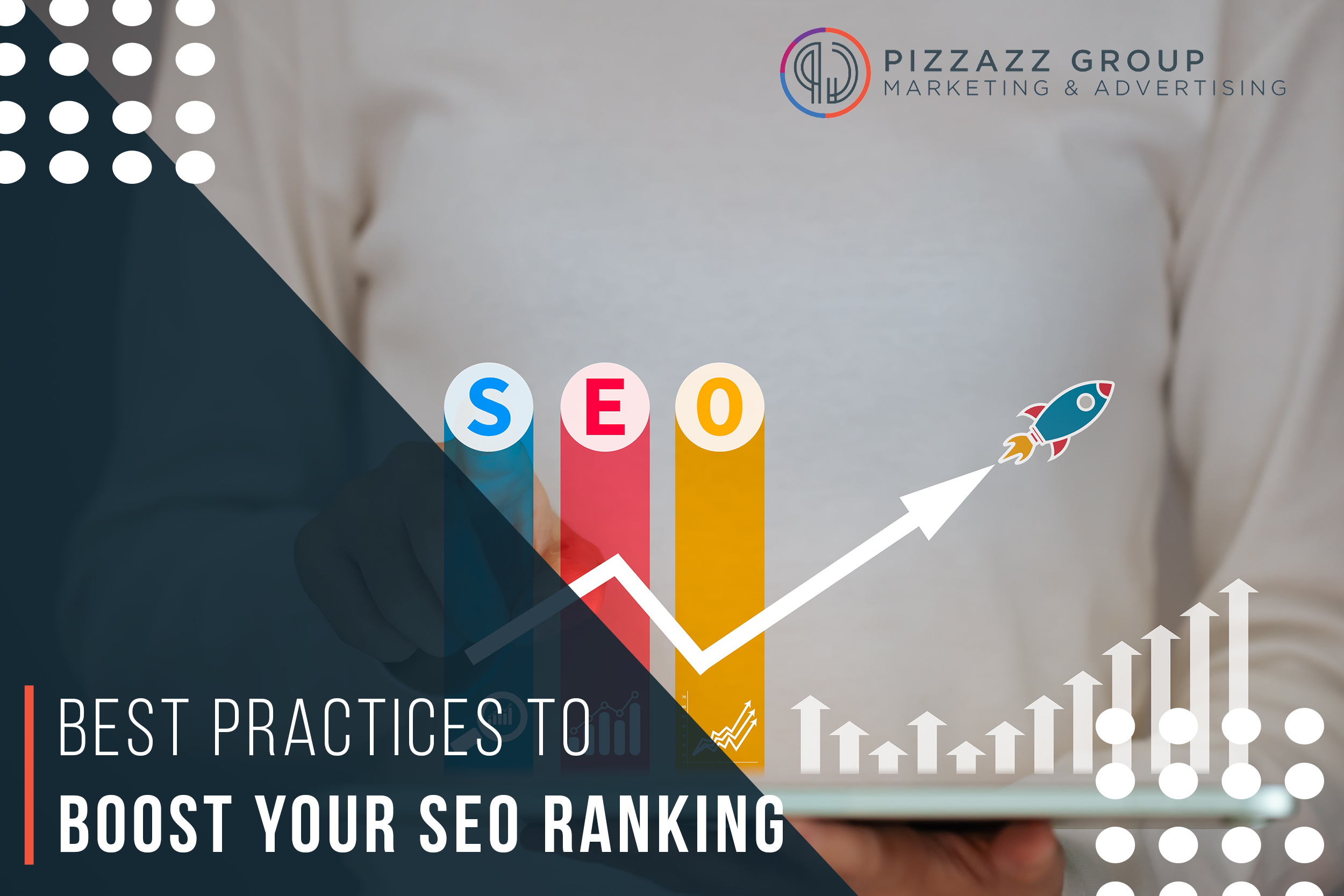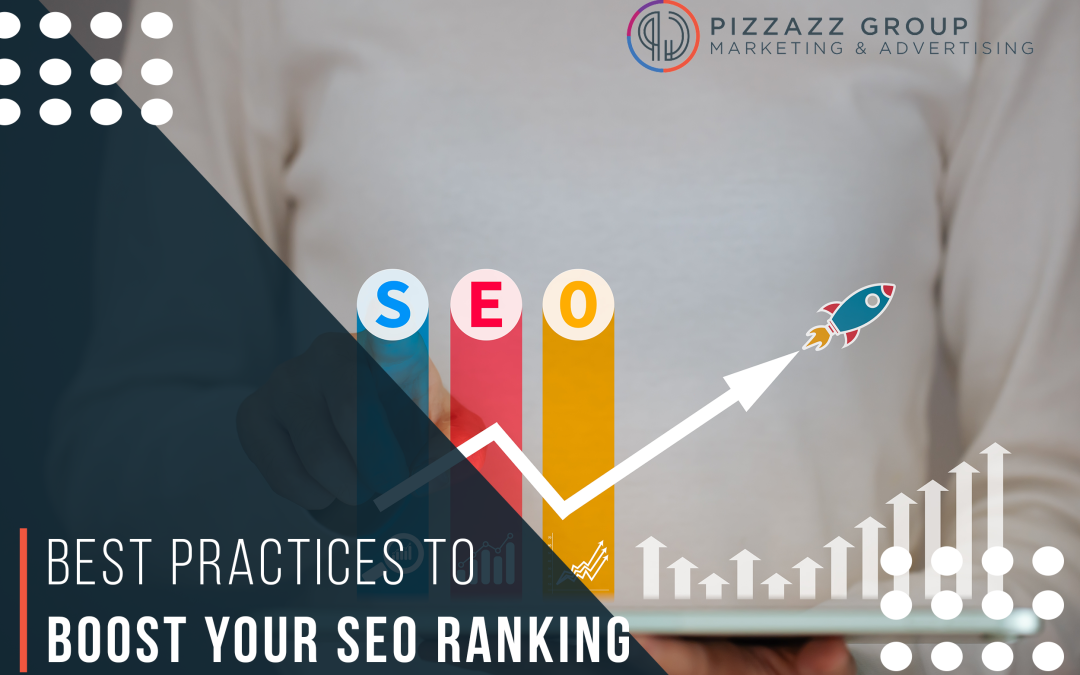
On-Page Optimization
On-page SEO ranking refers to the practice of optimizing individual web pages to rank higher and earn more relevant traffic in search engines. Key elements of on-page SEO ranking include:
On-Page Optimization
On-page SEO ranking refers to the practice of optimizing individual web pages to rank higher and earn more relevant traffic in search engines. Key elements of on-page SEO ranking include:

• Title Tags: Ensure each page has a unique, descriptive title tag that includes relevant keywords. Title tags should be concise (50-60 characters) and compelling to encourage clicks.
• Meta Descriptions: Write engaging meta descriptions (150-160 characters) that accurately summarize the page content and include target keywords. While meta descriptions don’t directly affect rankings, they influence click-through rates (CTR).
2. Header Tags (H1, H2, H3)
• H1 Tag: Use a single H1 tag per page that contains the primary keyword and clearly indicates the main topic.
• Subheadings: Use H2 and H3 tags to organize content into sections and subsections. This not only improves readability but also helps search engines understand the content structure.
3. Keyword Optimization
• Keyword Research: Conduct thorough keyword research to identify relevant keywords with a good balance of search volume and competition.
• Keyword Placement: Incorporate target keywords naturally into the title, headers, first paragraph, and throughout the content. Avoid keyword stuffing, which can harm your ranking.
4. URL Structure
• Clean URLs: Use clean, descriptive URLs that include keywords and are easy to read. Avoid long, complex URLs with unnecessary parameters.
• Consistency: Maintain a consistent URL structure across your website to enhance navigation and user experience.
5. Internal Linking
• Link Hierarchy: Create a logical link hierarchy to guide visitors and search engines through your site. Use descriptive anchor text for internal links.
• Related Content: Link to related content within your site to keep visitors engaged and reduce bounce rates.
6. Use High-Quality Visual Content
• Visual Appeal: Upload high-quality photos and videos that showcase your products, services, team, and business environment to enhance your GMB profile’s appeal.
• Virtual Tours: If applicable, add a virtual tour of your business using Google’s Street View Trusted program to provide an immersive experience for potential customers.
7. Monitor GMB Insights and Performance
• Analytics: Regularly monitor GMB Insights to track performance metrics such as views, clicks, calls, and direction requests.
• Iterative Optimization: Use data from Insights to refine your optimization strategies, focusing on areas that drive the most engagement and conversions.
Technical SEO
Technical SEO involves optimizing your website’s infrastructure to help search engines crawl, index, and rank your site more effectively. Key aspects of technical SEO ranking include:
1. Site Speed and Performance
• Page Load Time: Optimize images, use caching, and minimize HTTP requests to improve page load times. Tools like Google PageSpeed Insights can help identify performance issues.
• Mobile Optimization: Ensure your website is mobile-friendly and responsive. Mobile optimization is crucial as Google uses mobile-first indexing.
2. XML Sitemaps
• Create an XML Sitemap: Generate and submit an XML sitemap to search engines to help them discover and index your pages more efficiently.
• Update Regularly: Keep your sitemap updated to reflect any changes to your site structure or new content.
3. Robots.txt
• Optimize Robots.txt: Use the robots.txt file to control search engine access to certain parts of your site. Ensure it is correctly configured to avoid blocking important pages.
4. HTTPS and Security
• SSL Certificate: Secure your website with an SSL certificate to enable HTTPS. Google favors secure sites, and HTTPS is a ranking factor.
• Security Measures: Implement security measures to protect your site from malware and hacking attempts. Regularly update software and plugins.
Content Strategies
• Original Content: Create original, informative, and engaging content that provides value to your audience. Avoid duplicate content, which can result in penalties.
• User Intent: Focus on content that matches user intent. Understand what users are looking for and tailor your content to meet those needs.
2. Content Length and Depth
• In-Depth Articles: Longer, comprehensive articles tend to perform better in search rankings. Aim for content that thoroughly covers the topic and provides detailed information.
• Variety: Use a mix of content types, including blog posts, infographics, videos, and podcasts, to cater to different audience preferences.
3. Regular Updates
• Fresh Content: Regularly update your website with fresh content to keep it relevant and engaging. Search engines favor sites that are frequently updated.
• Content Calendar: Create a content calendar to plan and schedule content updates and new posts consistently.
4. Visual Content
• Images and Videos: Incorporate high-quality images, videos, and other multimedia elements to enhance user engagement and break up text.
• Alt Text: Use descriptive alt text for images to improve accessibility and help search engines understand the content.
Off-Page SEO
Off-page SEO involves activities outside your website that impact your search engine rankings. Key off-page SEO strategies include:
1. Backlink Building
• Quality Backlinks: Focus on acquiring high-quality backlinks from reputable websites. Backlinks are a significant ranking factor and signal credibility to search engines.
• Guest Blogging: Contribute guest posts to authoritative sites in your industry to build backlinks and drive traffic to your site.
2. Social Media Engagement
• Social Sharing: Promote your content on social media platforms to increase visibility and drive traffic. Social signals can indirectly influence SEO.
• Engagement: Actively engage with your audience on social media to build relationships and encourage sharing of your content.
3. Online Directories and Listings
• Local Listings: Ensure your business is listed in relevant online directories and local listings, such as Google My Business, Yelp, and Bing Places.
• Consistent NAP: Maintain consistent Name, Address, and Phone Number (NAP) information across all listings to improve local SEO.
4. Influencer Outreach
• Collaborations: Partner with influencers in your industry to promote your content and reach a wider audience. Influencer endorsements can enhance credibility and drive traffic.
Monitoring and Analytics
1. Google Analytics and Search Console
• Analytics: Use Google Analytics to track website performance, including traffic, user behavior, and conversion rates.
• Search Console: Monitor Google Search Console for insights into search performance, index coverage, and potential issues.
2. SEO Tools
• SEO Audits: Conduct regular SEO audits using tools like SEMrush, Ahrefs, or Moz to identify technical issues, keyword performance, and backlink profiles.
• Keyword Tracking: Track keyword rankings and adjust your SEO strategy based on performance data.
3. Regular Reporting
• Performance Reports: Generate regular reports to evaluate SEO performance and make data-driven decisions. Include metrics such as organic traffic, rankings, CTR, and conversions.
• Goal Setting: Set specific, measurable SEO goals and track progress towards achieving them.
Conclusion
Boosting your SEO ranking requires a multifaceted approach that encompasses on-page optimization, technical SEO, content strategies, and off-page factors. By implementing best practices in these areas and continuously monitoring performance, you can enhance your website’s visibility, attract more organic traffic, and achieve your business objectives. Remember, SEO ranking is an ongoing process that demands regular updates, analysis, and adaptation to stay ahead of the competition and maintain a strong online presence.
Remember, voice search optimization is not a one-time effort but an ongoing process that requires monitoring, analysis, and adaptation to changes in consumer behavior and search engine algorithms. By staying proactive and responsive to market trends, businesses can leverage voice search to improve customer engagement, increase conversions, and achieve measurable ROI from their Google My Business presence.
For more information on SEO, contact Pizzazz Group at customer@pizzazzgroup.com or by calling (614) 350-1681.
Related SEO Blogs
The Role of SEO Backlinks
Backlinks are often touted as one of the most crucial elements for boosting a website's search engine ranking. Understanding the role of SEO backlinks can be a game-changer for anyone looking to enhance their online presence. This blog gives an introduction to...
Technical SEO: What You Need to Know
Technical SEO encompasses all the optimizations made to a website and its server that help search engine spiders crawl and index your site more effectively. Technical SEO is crucial because no matter how great your content is, if search engines can't access your site,...
Common SEO Mistakes to Avoid
SEO is complex and constantly evolving, making it easy to fall into common pitfalls. Understanding these common SEO mistakes and knowing how to avoid them can significantly impact your website’s performance and rankings. In this blog, we will explore some of the most...





